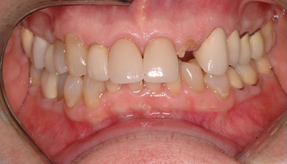What are Fillings?
All types of dental fillings can repair tooth cracks and fractures, plus help protect your teeth from damage in the future. But tooth-colored fillings use strong, composite resin and offer the most benefits to people who need fillings. Tooth-colored fillings are aesthetically-pleasing and offer a tighter fit than older tooth filling materials.
Fillings Procedure
The process of getting your fillings will vary depending on which type of filling you choose. Direct fillings like glass ionomer fillings, amalgam fillings, and composite fillings can usually be done in one appointment. Indirect fillings like gold fillings and porcelain fillings usually require two visits.
Regardless of which type you choose, your dentist will first clean out the cavity and remove the decay. They will also shape the cavity to make a uniform opening for the filling. This is usually done with local anesthetic or “freezing”.
If you are getting a direct filling, your dentist will usually proceed with placing the filling. For indirect fillings, your dentist will take a cast of your tooth to have your filling made. You’ll then need to schedule another appointment to have the filling installed.
AVENUE DENTAL CENTRE IS KNOWN FOR THEIR ARTISTIC TOUCH AND CREATIVITY THAT COUPLED WITH THE TECHNICAL SKILL IS CONSISTENTLY DELIVERING RESULTS THAT SURPASS
PATIENTS EXPECTATIONS.
Recommended For
- Loose fillings
- Broken or cracked fillings
- Roughness (your filling should feel smooth)
- Holes, black or brown spots
- Pain (Tooth sensitivity, Pain or pressure when eating, Sharp or throbbing pain, Toothache)



